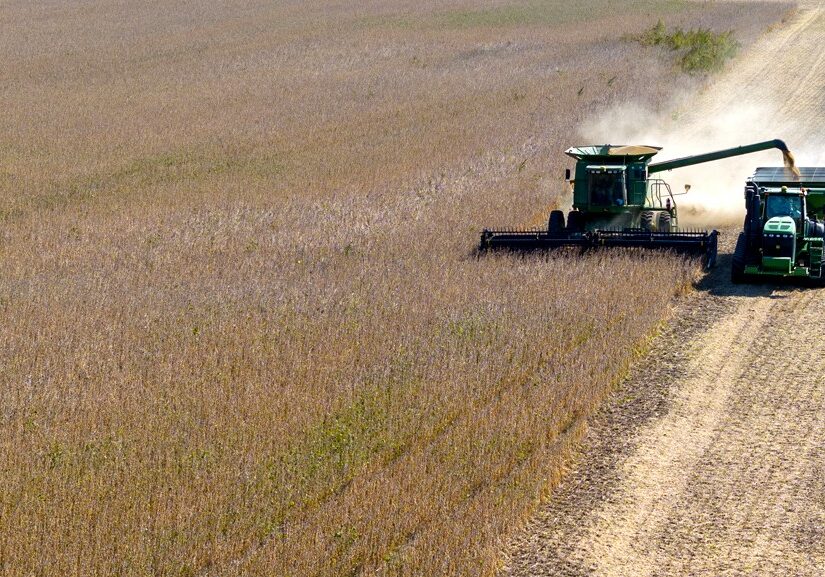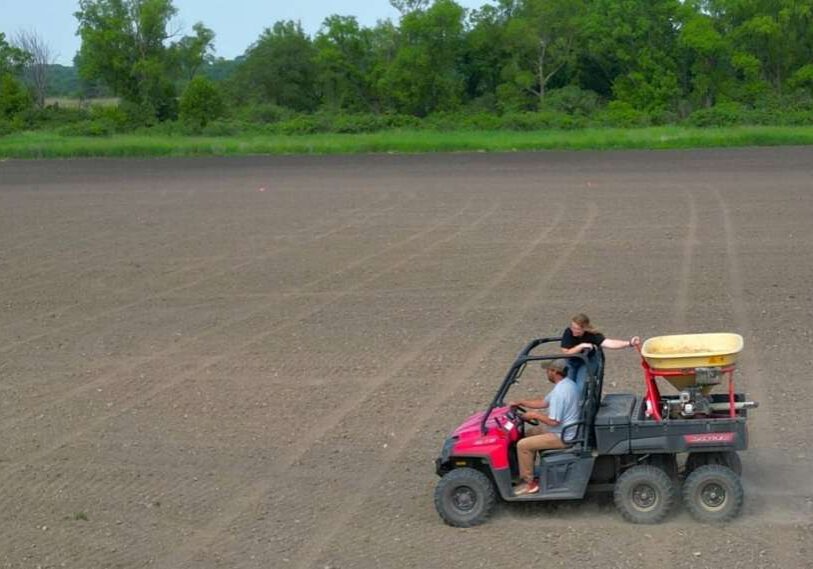State Officials’ January 2024 Plan Addresses Nitrate Contamination Issues

UPDATE: This article, first published in December 2023, has been updated to include details of Minnesota’s plans to address nitrate contamination issues in southeast Minnesota drinking water released January 12, 2024.
ST. PAUL – Commissioners for Minnesota’s state agencies responsible for protecting water quality in southeast Minnesota say they are moving forward with a “collaborative plan to address nitrate contamination in aquifers in southeast Minnesota that serve as sources of drinking water…”
The commissioners’ plans were initially outlined in a December 1, 2023, response to a November letter from the federal Environmental Protection Agency (EPA) requesting immediate action in addressing nitrate contamination to public and private wells in Dodge, Fillmore, Goodhue, Houston, Mower, Olmsted, Wabasha, and Winona counties.
Subsequently, commissioners released their agencies’ detailed plans and timeline on January 12, 2024.
“Minnesota’s collaborative plan to address nitrate contamination in aquifers in southeast Minnesota,” their January letter states, will “ensure that residents (both community water system customers and private will users) have drinking water that meets the Safe Drinking Water Act standard for nitrate.”
The 25-page plan affirms and details the state’s three-phase approach, first outlined in December, to address the issues:
▪ Phase I: Immediate Response (January-June 2024) focuses on education and outreach and
providing alternate water for vulnerable populations. Phase I work can be done leveraging
existing funding.
▪ Phase II: Public Health Intervention (July 2024 forward) focuses on identifying impacted
residences, free private well testing and mitigation, and providing public access to the plan’s
progress and outputs. Phase II work depends on additional funding.
▪ Phase III: Long-Term Nitrate Strategies (long-term) includes reviewing and updating
existing strategies, plans, and rules to reduce nitrate inputs into the drinking water aquifers.
Aspects of Phase III are currently underway while additional funding is required to fully
support and accelerate this work.
Background
In their December 1, 2023 letter to the EPA’s Region 5 Regional Administrator – Debra Shore, in Chicago – the commissioners from the Minnesota Department of Health (Brooke Cunningham, MD), Minnesota Department of Agriculture (Thom Petersen), and Minnesota Pollution Control Agency (Katrina Kessler, PE) initially committed their agencies to work with local and government partners to create a public outreach and education program; to identify wells that exceed the health risk limit and provide guidance on appropriate treatment options; and for vulnerable populations, pregnant women and infants under 1 year of age, provide vouchers for bottled water through clinics, faith communities, and other local partners.
The state went on to tell the EPA that “reducing nitrate contamination of drinking water wells will require overlapping approaches that include both regulatory and voluntary actions that are science-based and will reduce all sources of nitrogen to our waters, and work at both the state and local levels.” The state anticipates meeting with local and government partners early in 2024.
Links to the agencies’ December and January responses, actions and well-owner information are available on the Minnesota Department of Health website.
Learn more about How Groundwater Moves in the Karst Landscape in this three-minute video produced by the Minnesota Department of Agriculture; links to additional videos regarding regional topography and groundwater are available here.
Earlier…
In November 2023, the EPA asked the state to intervene to prevent a public health threat related to safe drinking water in the karst region of southeast Minnesota. The federal action was in response to a petition brought forth in April 2023 by several regional clean water, health, and environmental organizations.
The EPA sent a letter to state agencies dated November 3, 2023 calling on Minnesota to take action on nitrate pollution of groundwater in Dodge, Fillmore, Goodhue, Houston, Mower, Olmsted, Wabasha, and Winona counties.

There are an estimated 94,000 people that use private wells in the eight county karst area of southeast Minnesota. (Photo by John Torgrimson)
Karst geology, which forms the bedrock beneath this region, consists of fractured limestone bedrock and thin topsoil (less than 50 feet) that allows surface water to enter groundwater with little or no filtration.
Karst is evidenced by sinkholes, caves, and streams. Department of Natural Resources dye tracings have shown that surface water that goes into the ground can travel up to 10 miles underground from a source point such as sinkholes. There are literally thousands of sinkholes spread out across southeast Minnesota – in Fillmore County alone there are more than 10,000 sinkholes.
Contaminants on the land can be channeled into the groundwater through runoff from a rain event or spring thaw. According to the state’s Pollution Control Agency, more than 70 percent of nitrate contamination relates to agricultural practices that include applying liquid nitrogen before planting or the application of animal manure to fields.
Noting that approximately 300,000 people residing in this eight-county karst region rely on public water systems and an estimated 94,000 people use private wells, the EPA estimates that there are over 9,000 people at risk of consuming water at or above the Maximum Contaminant Level for nitrate. Nitrate pollution has been linked to Blue Baby Syndrome as well as birth defects and a range of cancers.
The EPA called on the state agencies to “develop a complete understanding of potential sources of nitrate contamination” and “use all available resources to effect reductions in nitrate concentrations.”
For a more complete account of the EPA’s November request for action, the April 2023 petition, and local public forums that have addressed the issue, read our previously-published article, Local Forums, EPA Raise Questions About SE Minnesota Water Quality. You will also find links to area organizations addressing groundwater concerns and articles reporting on land stewardship and agricultural practices that affect water quality.






